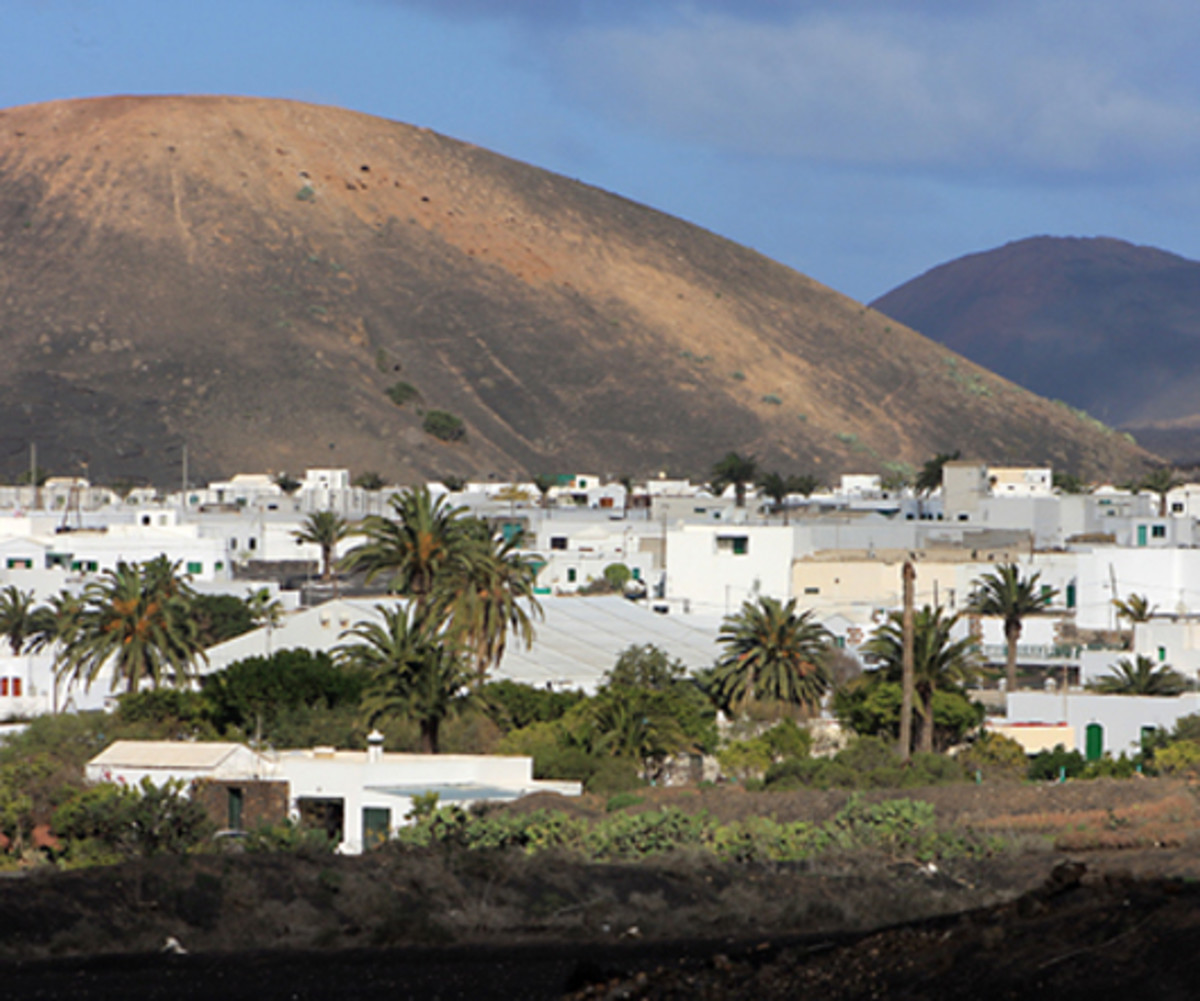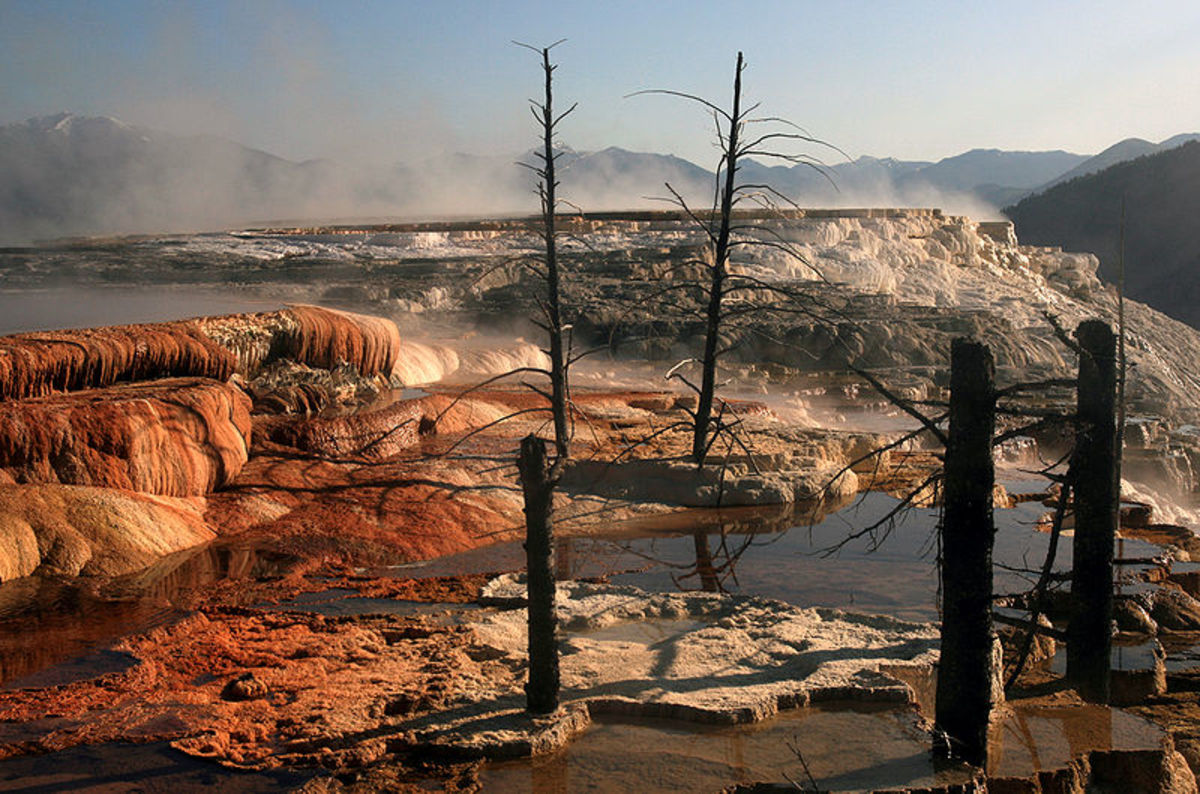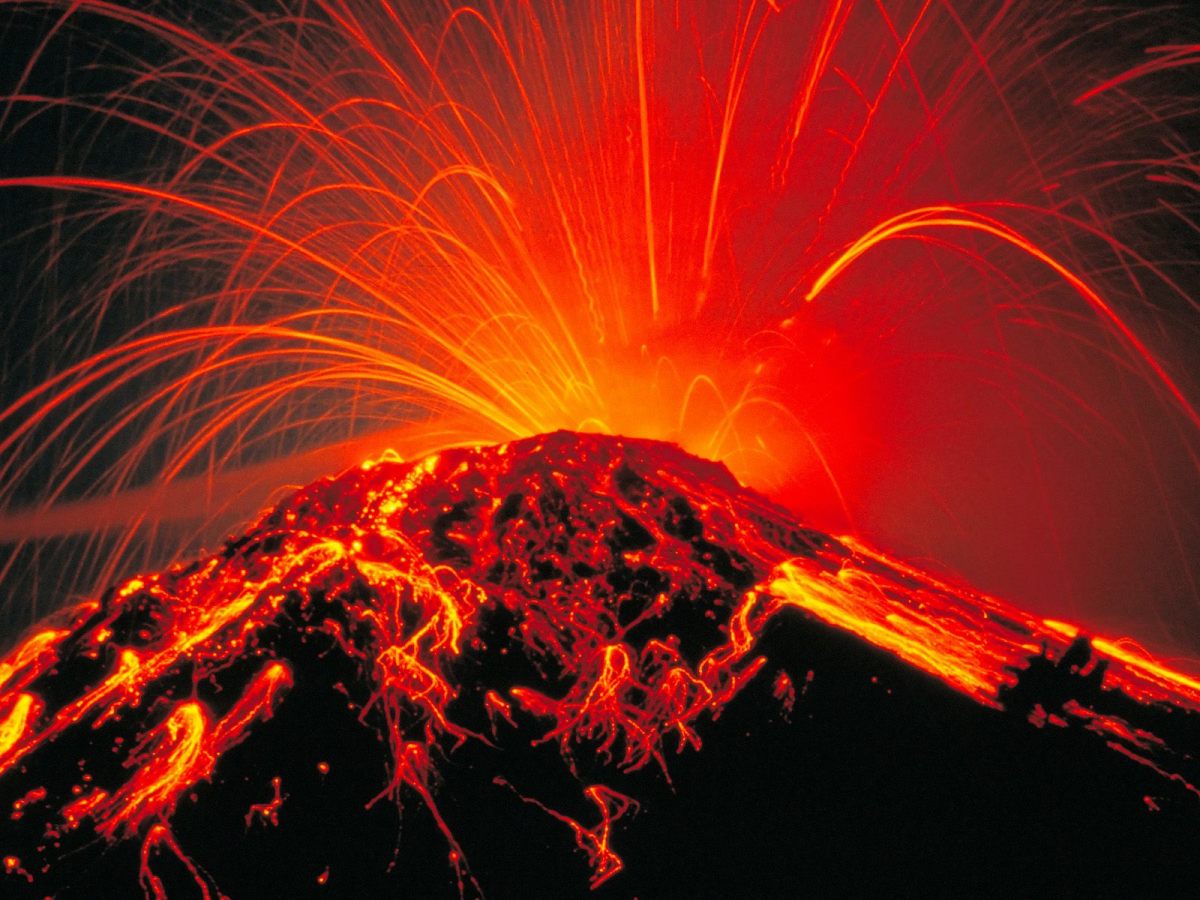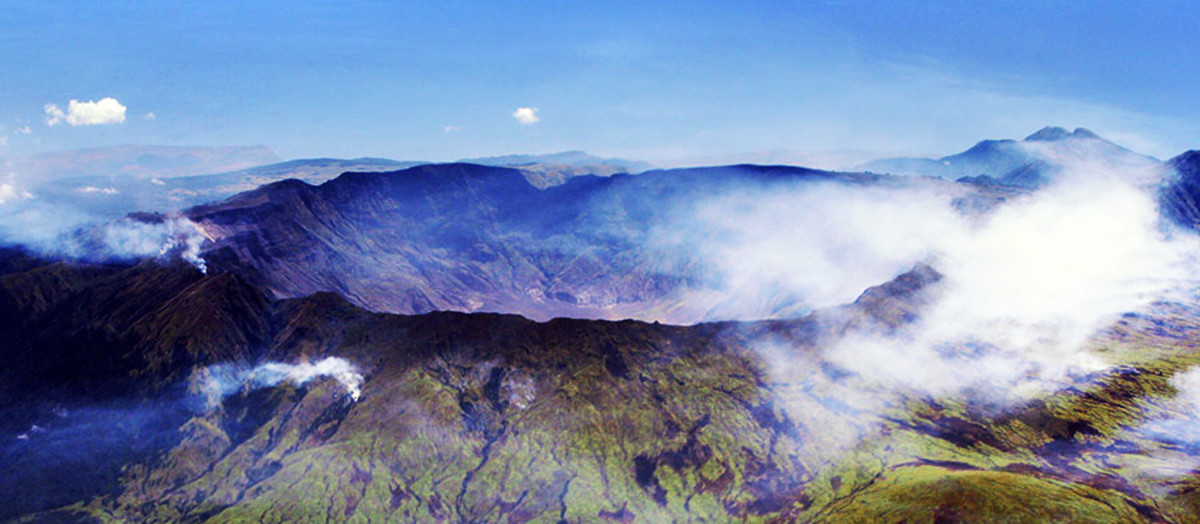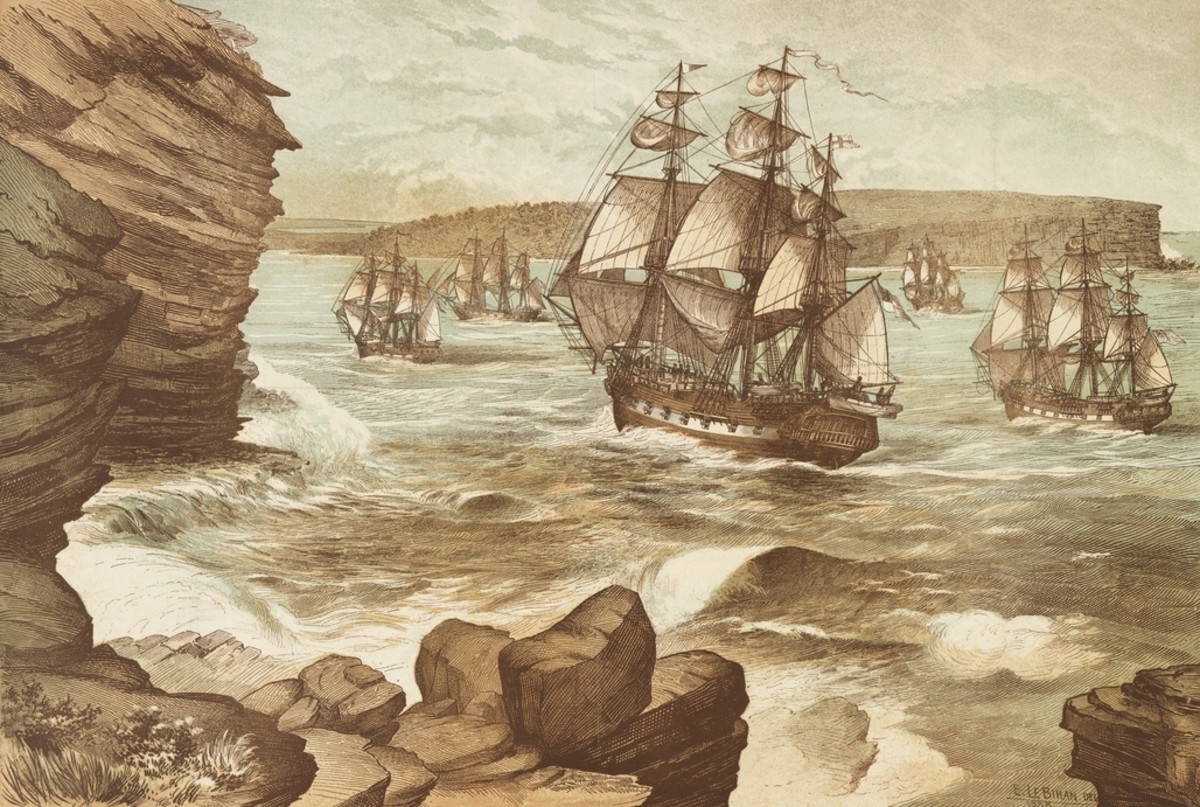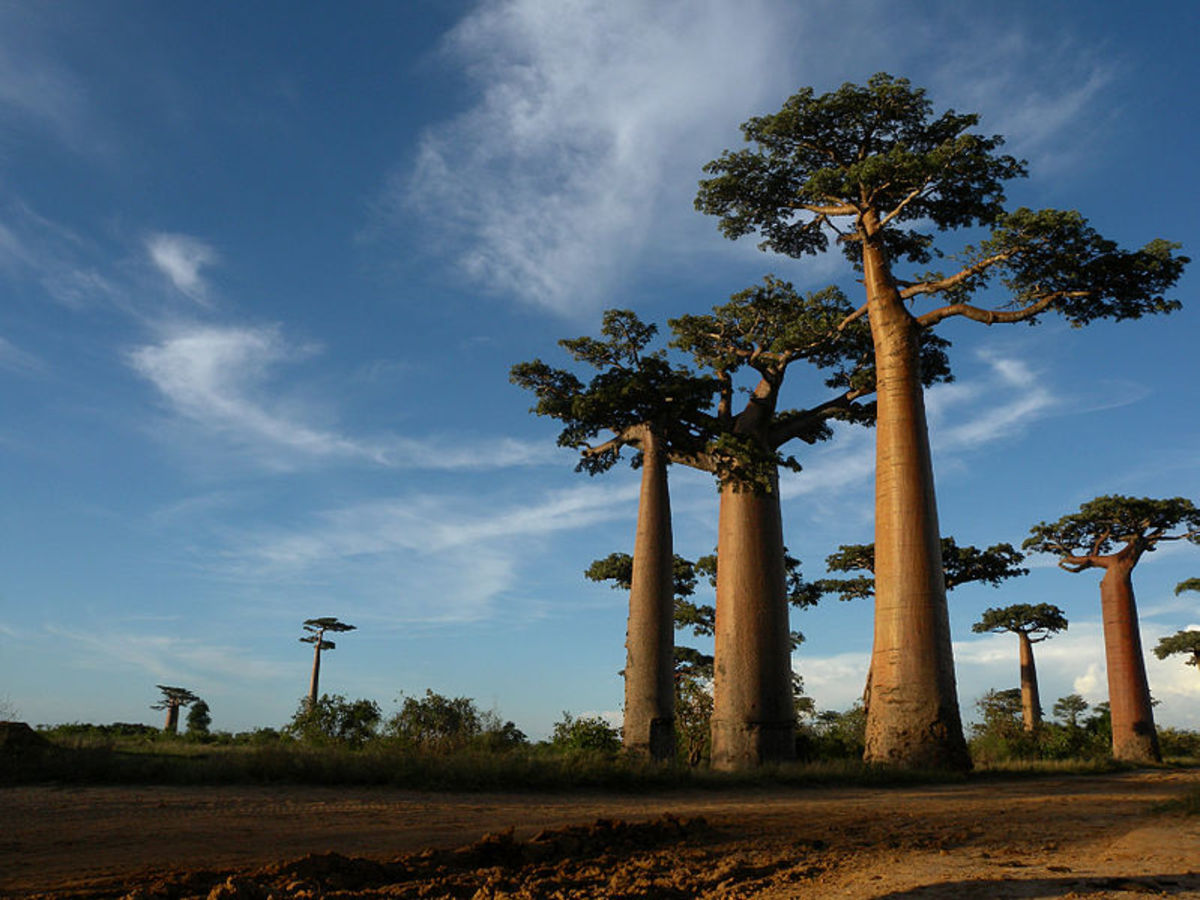Islands that blew up thanks to Lava
Some 36,000 people were killed by the tsunamis that followed a violent eruption on the volcanic island of Krakatoa (Krakatau) on August 27. 1883. But even though the entire northern part of the island collapsed into the sea, no one died in the eruption itself-which was heard up to 4800km (3000 miles) away. Volcanic dust spread throughout the world, causing vivid sun- sets. and the shock was felt in California.
14.500km (9000 miles) away from Krakatoa-which is in the Sunda Strait between the Indonesian islands of Java and Sumatra. The killer tsunamis raced along the coasts of Java and Sumatra, crashing up to 16km (10 miles) inland and smashing trees and houses. Since 1883, volcanic vents on and around Krakatoa have erupted more than 30 times, the last occasion being in October 1981. However, the eruptions were minor ones and caused no known deaths. One of the vents-known as Anak Krakatau, meaning 'Child of Krakatoa' - has grown into a separate island more than 150m (490ft) high.
Homes and cars were swallowed up when the streets of Anchorage, Alaska, were buckled and cracked by a violent earthquake whose epicentre was 160km (l00 miles) away. The earthquake took place on Good Friday 1964 and registered 8.6 on the Richter scale. Its seismic waves swept through the countryside, making the land rise and visibly fall over an area estimated at 207,200km (80,000 square miles).
The earthquake was followed by a 7.5m (25ft) tsunami which destroyed the waterfront at Valdez in southern Alaska. A few hours later another and slightly smaller tsunami caused by the earthquake struck the shore at Crescent City, California, about 2900km (1800 miles) away, killing 12 people.
In 1783 Iceland's Laki volcano erupted, killing one in live of the island's inhabitants and covering Europe with a pall of dust that took months to disperse. The world's largest volcanic eruption, the blast opened up a lissure 28km (18 miles) long, from which lava spread over an area of 570km' (221 square miles). Dust and poisonous gas was also belched out in vast quantities by the eruption-causing disease and famine' which killed more than 10,500 people and three-quarters of Iceland's livestock.
The earliest recorded scientilic account of a volcanic eruption was given in AD 79 by the Roman writer Pliny the Younger (about AD 62-about 113), who witnessed the eruption of Vesuvius and the resulting destruction of the cities of Pompeii and Herculaneum. The initial explosion came on August 24 and produced a thick ash cloud which, wrote Pliny, spread over 'the earth like a flood'. He observed the disaster from a spot 32km (20 miles) away and described how the 'black and dreadful cloud burst open in twisted and quivering gusts to reveal long flames resembling large flashes of lightning.
Strong shocks caused buildings to sway as 'if they had been torn from their foundations' . The next day Pliny went to the coast and found that earth tremors had caused the sea to 'roll back on itself, revealing the seabed. Later in the day black ash enveloped Pliny's vantage point, producing a darkness so thick that he felt he was 'in a sealed room without light'.
Several hours later the cloud dispersed and a landscape 'covered by a thick layer of ash that resembled snow' emerged. About 20,000 people died in the disaster. Pompeii disappeared beneath ash and Herculaneum was engulfed by a boiling mud flow. After some initial looting the cities were abandoned and were not rediscovered until 1748 by an engineer named Alcubierre, who was working for the king of Naples.
In 1973 a lishing port on the island of Heimaey off Iceland was partially buried by a volcanic erup- tion - the first time this had happened to a town since Pompeii and Herculaneum were buried by the eruption of Vesuvius in southern Italy in AD 79. But, thanks to an effiCientevacuation operation, only one person died beneath the thick lava flow from the Icelandic volcano: a man looking for alcohol who was asphyxiated in a gas-lilled cellar.
The town has since been completely rebuilt and the population has returned. Curiously, the eruption did bring the town's lishermen one major benelit. Part of the lava stream flowed into the harbour-and formed a perfect natural breakwater across the entrance.

